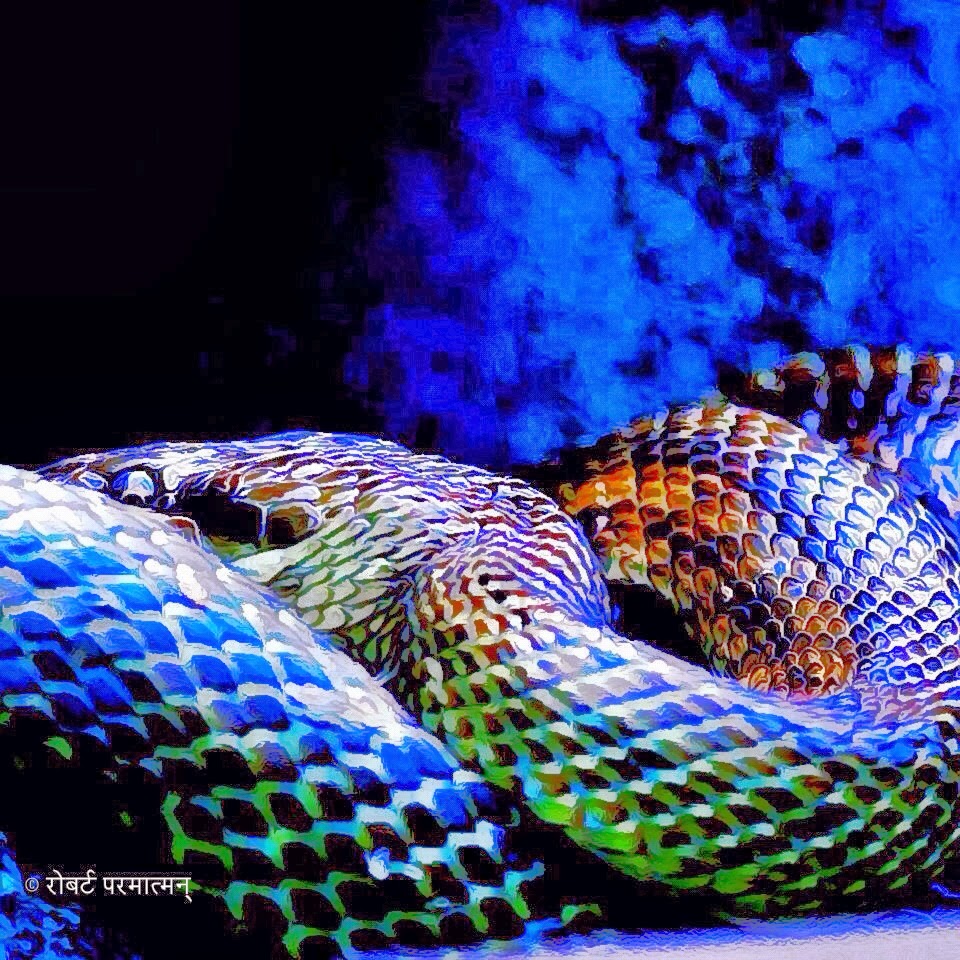Interior of traditional Japanese farmhouse.
Traditional Japanese farmer's gear, clothing, and farming tools.
Kitchen of traditional Japanese farmhouse.
Traditional thatching of the roof used on some of the buildings.
Old rice cooker actually cooking rice over live embers in the traditional Japanese farmhouse.
Exterior of traditional Japanese farmhouse.
Exterior of traditional Japanese farmhouse.
Bamboo drying out for later use in repairing fences.
Like the contrast of the two roofs from different time periods.
Waterwheel attached to the old farmhouse.
A traditional Japanese rice paddy for studying traditional farming techniques.
A traditional Japanese farmhouse with thatched roof.
Exterior view of a traditional Japanese farmhouse with thatched roof.
Many old-growth trees still survive in the park.
A traditional Japanese rice paddy for studying traditional farming techniques. Volunteers and school children help keep the traditional art of rice-growing alive.
One of the nice things about this park, albeit small by western standards, is the abundance of birds that have been able to survive here while the rest of their habitat has been destroyed by urbanization.
If your timing is right, you can catch farmers planting and harvesting rice using the same methods of years gone by without any chemical fertilizers or pesticides.
Several species of waterfowl are said to survive in this park.
The kingfisher is one of my favorite birds. I didn't have the patience to wait for him to dive and catch a fish though.
The other side of the building to which the waterwheel is attached.
Unfortunately, this water is a static display. Would have been nice if they could have engineered some actual water flow for it.
This gate seemed kind of useless since you could simply walk around it through the gap on the right!
Surprised that the even preserved this old street lamp in the park. Makes one feel like they've gone back in time.
I love shots of old stairs or steps, especially wooden ones or those made of huge slabs of stone.
Hand-made fencing using different parts of the bamboo grass in the traditional way of the Meiji period.
This wall has been nicknamed "hebi danchi" (蛇団地) because so many snakes gather here to warm up under the sun.
Turtles basking in the sun. The pond was completely red. Maybe some kind of algae?
There are several signs throughout the park warning visitors about these snakes!
The park has several rest areas and picnic tables where you can take a break and relax or have a bite to eat. This is especially good during the hot and humid summer months!
Even the fencing is hand-made the traditional way of the Meiji period.
Even the brooms are a simple bunch of bamboo tops bundled together.
Love the contrast in the leaf colors in this park.
This pull-cart, which looks like it's from the Showa period seems out of place with everything else from the Meiji period.
Hand-made fencing using bamboo in the traditional way of the Meiji period.
Hope to have a chance to take a picture of this old farmhouse during winter when the roof is covered with snow.
Like the attention to detail that was spent to lay these stones for a nice effect without the use of mortar.
Like the attention to detail that was spent to lay these stones for a nice effect without the use of mortar.
Traditional Japanese farmer's gear, clothing, and farming tools.
























































